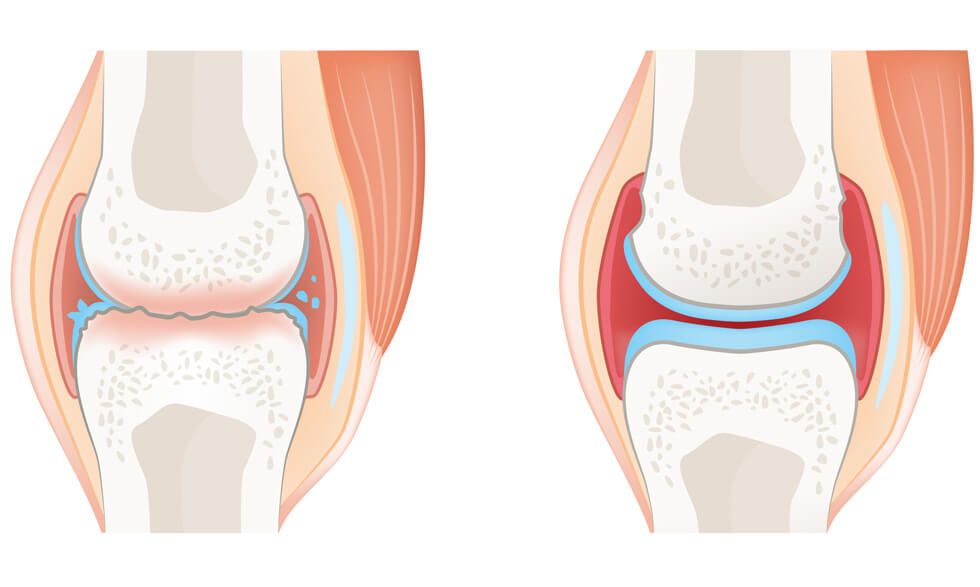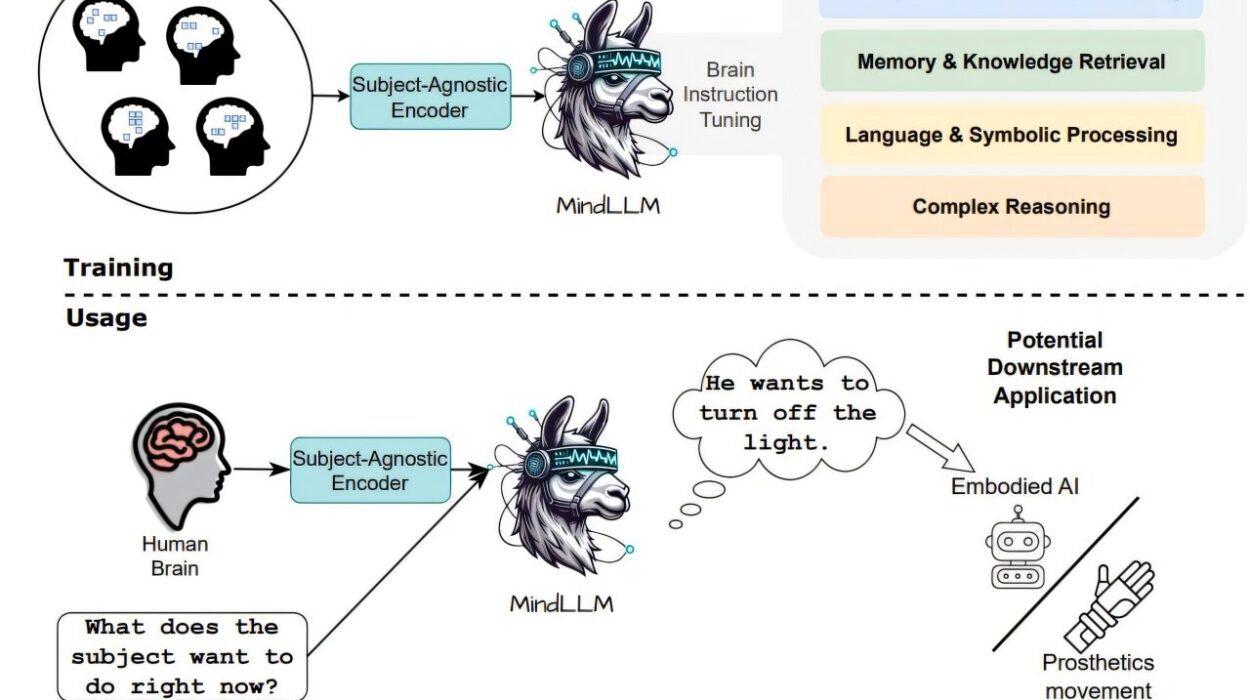Imagine this: you go to your doctor with persistent fatigue and occasional headaches. You’re prescribed medication, maybe advised to rest, and sent home. But weeks later, you still feel off. That’s because while modern medicine is superb at treating symptoms, it sometimes overlooks the root causes of illness—especially those that stem from your mind, environment, or emotional well-being. This is where holistic health enters the scene, not as an alternative to traditional medicine, but as a complementary and empowering way of understanding your health.
Holistic health is a philosophy and a lifestyle that sees you not just as a body or a collection of organs, but as a whole person—mind, body, spirit, and emotions all intricately connected. In this framework, optimal health isn’t just the absence of disease; it’s a dynamic state of balance and vitality across all areas of life.
Where It All Began
The concept of holistic health isn’t new. In fact, it’s ancient. Traditional systems of medicine such as Ayurveda in India, Traditional Chinese Medicine (TCM), Indigenous healing practices, and even the teachings of Hippocrates—the so-called father of modern medicine—have long recognized the interconnectedness of body, mind, and spirit.
These traditions understood something crucial: healing isn’t just about curing a disease; it’s about restoring balance. They emphasized prevention, self-awareness, and harmony with nature—principles that are now making a powerful comeback in our modern world.
As modern life accelerates with stress, pollution, sedentary lifestyles, and disconnected relationships, more and more people are rediscovering holistic health as a way to reclaim control, vitality, and meaning in their lives.
The Pillars of Holistic Health
To truly grasp holistic health, you need to understand its foundation. Rather than isolating a problem, holistic health takes a panoramic view. Think of your well-being as supported by several pillars. If one of them crumbles, the whole structure can wobble.
The physical pillar includes everything your body needs to function well: nutrition, movement, sleep, hydration, and medical care. But it’s also about listening to your body and treating it with kindness.
The mental pillar involves your thoughts, beliefs, and how you process information. It’s about clarity, creativity, focus, and the way you respond to stress. An overstimulated or neglected mind can lead to burnout, anxiety, or depression.
The emotional pillar reflects how you manage feelings like anger, sadness, joy, and fear. Emotional health is about resilience, empathy, and the capacity to feel without being overwhelmed.
The spiritual pillar is not necessarily about religion (though it can be). It’s about connection—to yourself, to others, to nature, or to a higher purpose. It’s the anchor that gives life meaning and fosters inner peace.
The social and environmental pillars, often overlooked, remind us that we don’t live in isolation. Healthy relationships and a supportive environment—be it your home, community, or the natural world—are essential for thriving.
Holistic health isn’t about perfection in all these areas. It’s about balance, self-awareness, and conscious choices that align with your well-being.
Nutrition: Food as Medicine
One of the most practical and powerful aspects of holistic health is nutrition. In holistic philosophy, food isn’t just fuel—it’s medicine. What you eat affects not only your waistline but also your mood, energy, sleep, skin, and even how you think.
Holistic nutrition encourages whole, minimally processed foods: fruits, vegetables, whole grains, legumes, nuts, seeds, and high-quality proteins. But it also honors individuality. What works for one person may not work for another, so holistic nutrition emphasizes listening to your body.
More than just macronutrients and vitamins, food carries vibrational energy. In Ayurvedic or Chinese dietary theories, for example, foods are classified by their warming or cooling effects, their energetic properties, and how they influence internal balance.
Mindful eating is another key. It means eating with intention and attention—savoring flavors, noticing fullness, and appreciating nourishment. In holistic health, how you eat is as important as what you eat.
Movement: Beyond the Gym
Exercise, in the holistic sense, isn’t just about burning calories or building muscles. It’s about moving in ways that support your body and spirit. Whether it’s yoga, dancing, hiking, swimming, or tai chi, holistic movement is joyful, intuitive, and nurturing.
Different forms of movement serve different needs. High-intensity interval training might energize and empower you. Gentle stretching might soothe and restore. Holistic practitioners often suggest that the best exercise is the one you love and will actually do.
Movement is also medicine for the mind. Exercise has been shown to improve mood, reduce anxiety, boost memory, and enhance sleep. From a holistic lens, regular movement keeps energy flowing—not just blood and lymph, but also your life force, known as Qi in Chinese medicine or Prana in Ayurveda.
Mind-Body Practices: Bridging Inner and Outer Worlds
One of the defining features of holistic health is the recognition of the mind-body connection. This is not just poetic metaphor—it’s biological truth. The brain and body are in constant communication via hormones, neurotransmitters, and nerve pathways.
Stress is perhaps the clearest example of this link. Chronic stress doesn’t just make you feel frazzled; it affects your digestion, immune system, heart health, and sleep. Conversely, calming your mind can lead to measurable improvements in physical health.
Holistic health often incorporates mind-body practices like meditation, mindfulness, breathwork, guided imagery, and progressive muscle relaxation. These techniques reduce stress, increase awareness, and foster resilience.
Yoga, for example, blends movement, breath, and meditation in a practice that strengthens the body and calms the mind. Tai Chi and Qi Gong are gentle martial arts that cultivate inner energy and focus. Even simple breathwork exercises—like deep diaphragmatic breathing—can reset your nervous system in minutes.
Emotional Healing: The Inner Journey
Your emotions are not just reactions—they’re messengers. In holistic health, emotions are treated not as problems to be fixed, but as signals to be heard. Chronic physical ailments are sometimes linked to repressed or unresolved emotions.
Emotional healing might involve journaling, therapy, energy work like Reiki, or expressive arts such as music or painting. It’s about learning to identify your emotions, sit with them, and let them move through you rather than control you.
Holistic practitioners might help clients explore the emotional roots of illness. For example, persistent throat problems might be linked to difficulty expressing oneself. Chronic back pain might relate to feelings of being unsupported. While not always the case, these patterns offer a doorway into deeper healing.
The goal is not to be happy all the time, but to become emotionally agile—to feel deeply without becoming stuck, and to grow through what you go through.
Spiritual Wellness: Connecting to Something Greater
Spiritual health is perhaps the most personal and elusive aspect of holistic wellness. It’s about meaning, purpose, and connection—whether to God, the universe, nature, or your inner self.
Spiritual wellness can be cultivated through prayer, meditation, ritual, spending time in nature, or simply practicing gratitude. It’s less about dogma and more about feeling part of a larger whole.
People with strong spiritual wellness often report greater peace, resilience, and joy. They can navigate life’s challenges with a sense of inner steadiness. In holistic healing, fostering this connection can be a powerful force for transformation.
Spirituality also fosters humility and compassion. It reminds us that we are more than our achievements, roles, or bodies—we are beings with depth, mystery, and soul.
Natural Therapies: Tapping into Earth’s Wisdom
Holistic health often incorporates natural therapies to support healing. These might include herbal medicine, aromatherapy, acupuncture, massage, homeopathy, or energy work.
Herbalism uses plants to address imbalances in the body. Unlike pharmaceutical drugs, which often target specific symptoms, herbs are chosen to support the whole person. A herbalist might create a personalized blend based on your constitution, symptoms, and lifestyle.
Aromatherapy uses essential oils to influence mood, memory, and physiology. Lavender, for example, is known to calm the nervous system; peppermint can awaken the senses.
Acupuncture, a key practice in TCM, involves inserting tiny needles into specific points on the body to restore energy flow and balance. It’s used to treat a wide range of issues from pain to digestive disorders to infertility.
These therapies are not magic bullets, but tools that can support the body’s natural healing capacity. They work best as part of a holistic lifestyle rather than quick fixes.
The Role of Relationships and Environment
Your health is deeply influenced by your surroundings—both physical and social. Holistic health considers the toxicity of your environment, not just in terms of chemicals but also in terms of noise, clutter, and emotional atmosphere.
A cluttered home can increase stress. A chaotic work environment can drain your energy. Even lighting, air quality, and noise levels affect your well-being.
On a social level, relationships matter. Loneliness has been linked to increased risk of chronic illness and even premature death. In contrast, strong social support improves mental health, boosts immunity, and promotes recovery.
Holistic wellness includes cultivating nourishing relationships and creating environments that uplift you. This might mean clearing clutter, adding plants, setting boundaries, or spending more time with people who energize you.
Preventive and Personalized: A Proactive Approach
One of the most empowering aspects of holistic health is its emphasis on prevention. Instead of waiting for illness to strike, holistic health encourages daily practices that support resilience.
Prevention in this context isn’t just about avoiding disease. It’s about optimizing energy, creativity, and joy. It’s about noticing subtle signs—fatigue, irritability, digestive changes—and responding before they become bigger issues.
It’s also highly personalized. Holistic health respects bio-individuality—the idea that each person has unique needs based on their genetics, lifestyle, environment, and history. What heals one person might not work for another. A holistic approach tailors support to your specific body and soul.
The Criticism and Caution
Holistic health isn’t without critics. Some skeptics argue that certain holistic practices lack scientific validation or fall prey to pseudoscience. There’s some truth in this. The holistic world is broad, and not every practice is evidence-based or safe.
But many holistic approaches are supported by growing scientific research, especially in areas like nutrition, stress management, and mind-body medicine. And even when studies are lacking, practices like meditation or herbal teas often offer low-risk benefits.
The key is discernment. Holistic health isn’t about rejecting modern medicine—it’s about complementing it. The best outcomes often occur when conventional and holistic practices work hand-in-hand.
A good holistic practitioner will encourage open dialogue with your doctor, respect your autonomy, and guide you toward safe, balanced choices.
Integrating Holistic Health into Daily Life
You don’t need to overhaul your life overnight to embrace holistic health. Start with small steps. Begin with awareness—how do you feel physically, mentally, emotionally, spiritually? What’s nourishing you? What’s draining you?
You might begin by adding more whole foods to your meals, practicing 10 minutes of mindfulness, or creating a sleep routine. You might experiment with yoga, talk to a holistic practitioner, or simply spend more time in nature.
Holistic health is a journey, not a destination. There will be trial and error. There will be setbacks. But with each step, you come closer to a life that feels aligned, vibrant, and truly well.
The Future of Medicine and Holistic Health
The future of health is integrative. More hospitals and medical schools are incorporating holistic modalities into care. Patients are demanding treatments that consider their whole person. The lines between wellness and medicine are blurring, in a good way.
Technology is also playing a role. Apps for meditation, wearable devices tracking sleep and stress, and telehealth sessions with holistic coaches are making this lifestyle more accessible than ever.
But at its heart, holistic health remains profoundly human. It’s about reconnecting—with your body, your values, your community, and the planet. It’s about remembering that health is not a pill, but a pattern. It’s not just surviving, but thriving.
Conclusion: Coming Home to Wholeness
Holistic health invites you to see yourself not as a collection of parts or a list of symptoms but as a whole, dynamic being. It reminds you that healing is not just about curing illness, but about cultivating balance, purpose, and joy.
In a world full of noise and fragmentation, holistic health offers something radical: a return to wholeness. It encourages you to listen, to feel, to nourish, and to trust your own innate wisdom.
Whether you’re new to this path or already walking it, holistic health is not a trend—it’s a timeless way of being that honors your humanity in all its dimensions. Your body, mind, and spirit are not separate. They are one. And in that unity lies the potential for profound healing and vibrant living.






